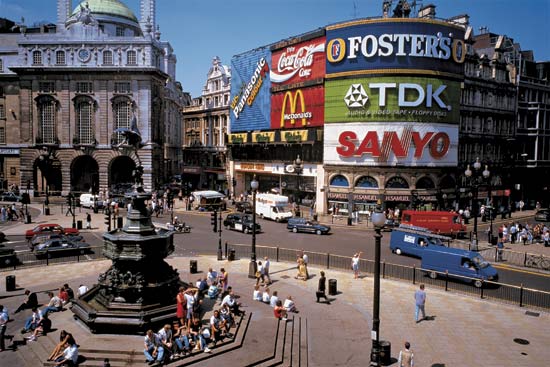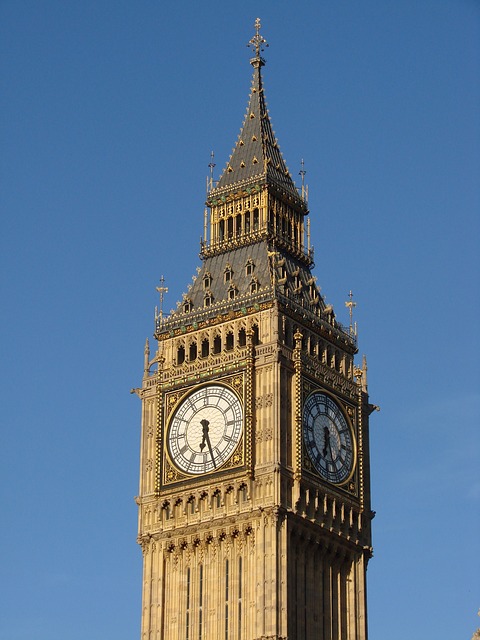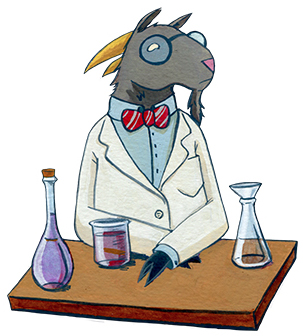Difference between revisions of "Advertising Revelations"
From Londonhua WIKI
Akacherski (talk | contribs) (→World Wars) |
Akacherski (talk | contribs) (→References) |
||
| Line 91: | Line 91: | ||
<br><br> | <br><br> | ||
=References= | =References= | ||
| + | #Age, A. (2005, March 28). 1940s War, Cold War and Consumerism. Retrieved May 24, 2017, from http://adage.com/article/75-years-of-ideas/1940s-war-cold-war-consumerism/102702/ | ||
#McDonough, J., & Egolf, K. (2015). The advertising age encyclopedia of advertising. Routledge. | #McDonough, J., & Egolf, K. (2015). The advertising age encyclopedia of advertising. Routledge. | ||
| − | |||
=External Links= | =External Links= | ||
Revision as of 13:52, 24 May 2017
Advertising Revelations
 Andrew Kacherski |
Contents
Abstract
Advertising over the ages has changed. In this milestone I will compare the advertisements produced from the world wars all the way until today. Advertising will also change in the future. I plan to evaluate trends today to gauge where it is going in the future. I plan to visit tube and train stations because they have a lot of advertisements. Bus stands tend to not have posters. I will also go to the London Advertising Museum. I have had two writing credits transfer in from another college and I have taken WR 2010 at wpi. I hope to see how the advertising reflects the society it was meant to impact.
Introduction
I suggest you save this section for last. Describe the essence of this project. Cover what the project is and who cares in the first two sentences. Then cover what others have done like it, how your project is different. Discuss the extent to which your strategy for completing this project was new to you, or an extension of previous HUA experiences.
As you continue to think about your project milestones, reread the "Goals" narrative on defining project milestones from the HU2900 syllabus. Remember: the idea is to have equip your milestone with a really solid background and then some sort of "thing that you do". You'll need to add in some narrative to describe why you did the "thing that you did", which you'd probably want to do anyway. You can make it easy for your advisors to give you a high grade by ensuring that your project milestone work reflects careful, considerate, and comprehensive thought and effort in terms of your background review, and insightful, cumulative, and methodical approaches toward the creative components of your project milestone deliverables.
Background
Now you're on your own! Your milestone must include a thorough and detailed background section with detailed subsections; if additional articles are required to be referenced in this background section, create those as well and link to them (the creation of all pages is tracked by the wiki site and attributed to your username). Remember to use rich multimedia whenever possible. Consult the Help page as needed! Remember, if you don't see an article on this site that is an integral part of your project, create it! Your entire page-creating/page-editing history factors into your overall grade.
World Wars
This time period was dominated by world war propaganda. Not just in the United Kingdom, but in all countries involved in the wars. Propaganda has a certain negative connotation when used today but that was not the case then. This was a way for the government and different companies to generate support for the war effort. This propaganda included posters, newspaper articles, radio transmissions, and films. These advertisements had the themes: resistance, victory, work, evacuation of children, blackout, preventing waste, good vs. evil, support, and careless talk. These posters often depicted women working in factories or other male dominated jobs to show that they can replace men and help with the war efforts. These wars encouraged companies to increase advertising. Ad agencies focused on maintaining demand until the war was over and merchandise was readily available to consumers again [1].
There were other kinds of posters during this time period. These posters often had the style of dramatic realism. This means that they intended to represent the matter truthfully while stretching some borders. The bringing in of World War I allowed mass marketing of cosmetics to become popular. It was more practical for women who worked in factories to have short hair. This short hair soon became a symbol for women's rights. It also allowed for the sale of cosmetics that had been previously restricted such as mascara. [2]
- Example.jpg
Caption1
- Example.jpg
Caption2
1950's
1960's
1970's
1980's
1990's
2000's and Present Day
Section 2: Deliverable
In this section, provide your contribution, creative element, assessment, or observation with regard to your background research. This could be a new derivative work based on previous research, or some parallel to other events. In this section, describe the relationship between your background review and your deliverable; make the connection between the two clear.
Comparisons
...use as many subsections or main sections as you need to support the claims for why what you did related to your Background section...
How they reflected problems in society
...and so on and so forth...
Locations
...and so on and so forth...
Future of Advertising
where its going in the future.
Gallery
Conclusion
In this section, provide a summary or recap of your work, as well as potential areas of further inquiry (for yourself, future students, or other researchers).
References
- Age, A. (2005, March 28). 1940s War, Cold War and Consumerism. Retrieved May 24, 2017, from http://adage.com/article/75-years-of-ideas/1940s-war-cold-war-consumerism/102702/
- McDonough, J., & Egolf, K. (2015). The advertising age encyclopedia of advertising. Routledge.
External Links
If appropriate, add an external links section



